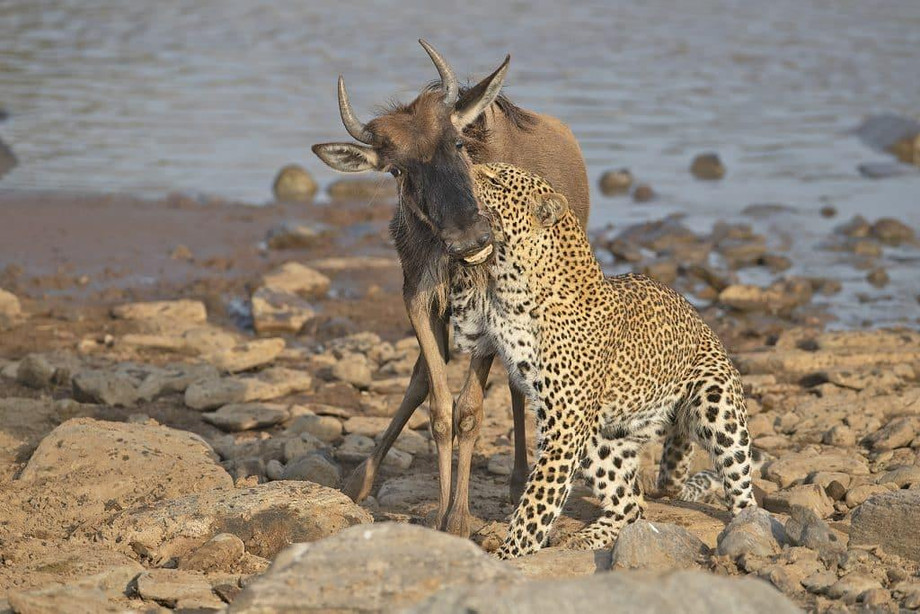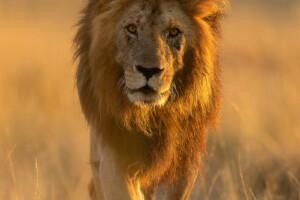Introduction to Tanzania Photographic Safaris
Tanzania, a jewel in the crown of East Africa, is renowned for its stunning landscapes, rich wildlife, and vibrant cultures. A photographic safari in Tanzania offers unparalleled opportunities for capturing breathtaking images that tell the story of the wild. From the iconic plains of the Serengeti to the towering heights of Mount Kilimanjaro, Tanzania is a photographer’s paradise. This article delves into why a Tanzania photographic safari should be on every photographer’s bucket list and what makes this experience so uniquely rewarding.
The Diverse Ecosystems of Tanzania
Tanzania’s diverse ecosystems provide a variety of photographic subjects. The country is home to several national parks and game reserves, each with its own unique landscape and wildlife.
The Serengeti is perhaps the most famous of Tanzania’s national parks. It is renowned for the annual Great Migration, where millions of wildebeest, zebras, and gazelles traverse the plains in search of fresh grazing grounds. This natural spectacle provides endless opportunities for dynamic and dramatic wildlife photography. The wide-open savannahs also offer stunning sunsets and sunrises, perfect for landscape shots.
Ngorongoro Crater
The Ngorongoro Crater is another must-visit location for photographers. This ancient volcanic caldera is a microcosm of Tanzanian wildlife, boasting dense populations of predators and prey. The crater's unique geography creates an ideal backdrop for both wildlife and landscape photography. The early morning mist and the rising sun over the crater’s edge create ethereal light conditions that are a dream for any photographer.
Standing as the highest peak in Africa, Mount Kilimanjaro offers more than just a challenging climb; it presents an opportunity to capture stunning images of the snow-capped summit juxtaposed against the surrounding savannahs. The diverse climatic zones of Kilimanjaro, from tropical rainforest to alpine desert, provide varied photographic themes as you ascend.
Selous Game Reserve and Ruaha National Park
For those looking to capture more secluded and untouched environments, the Selous Game Reserve and Ruaha National Park offer pristine wilderness areas with fewer tourists. These parks are home to large populations of elephants, hippos, and crocodiles, and provide a sense of wild, uncharted Africa.
Unique Wildlife Encounters At Tanzania Photographic Safari
A photographic safari in Tanzania promises encounters with some of the most iconic wildlife species.
The Big Five
Tanzania is one of the few places where you can photograph all of the Big Five: lions, leopards, rhinos, elephants, and buffalo. Each of these animals presents its own photographic challenges and rewards. Capturing a lion in the golden light of dawn, a leopard lounging in a tree, or a herd of elephants crossing the plains can be the highlights of your portfolio.
Birdlife
Tanzania is also a birdwatcher’s paradise, with over 1,000 bird species recorded. From the vivid plumage of the Lilac-breasted Roller to the majestic flight of the African Fish Eagle, bird photography enthusiasts will find no shortage of subjects.
Primates and Lesser-Known Species
Don’t overlook Tanzania’s primates and lesser-known species. The Mahale Mountains and Gombe Stream national parks are famous for their chimpanzee populations. Capturing these intelligent creatures in their natural habitat can be a profoundly moving experience.
Tips for a Successful Photographic Safari
Equipment Essentials
To make the most of your photographic safari, ensure you have the right equipment. A DSLR or mirrorless camera with a range of lenses is ideal. A telephoto lens (200-400mm) is essential for wildlife, while a wide-angle lens is great for landscapes. Don’t forget extra batteries, memory cards, and a sturdy tripod.
Best Times for Photography
The best times for photography are during the golden hours – just after sunrise and just before sunset. The soft, warm light during these times enhances colors and reduces harsh shadows. For wildlife photography, early morning and late afternoon are also the times when animals are most active.
Staying Patient and Observant
Patience is key in wildlife photography. Spend time observing animal behavior; this will help you anticipate actions and capture the perfect moment. A knowledgeable guide can provide invaluable insights into animal habits and the best spots for photography.
Respecting Wildlife and Environment
Always respect the wildlife and their habitat. Maintain a safe distance from animals and avoid disturbing them. Follow park guidelines and ethical practices to ensure that your presence does not negatively impact the environment.
Conclusion
A Tanzania photographic safari is more than just a trip; it’s an immersion into the wild that promises to enrich your portfolio and ignite your passion for photography. The diverse ecosystems, iconic wildlife, and stunning landscapes offer endless opportunities for capturing images that tell the story of Africa’s natural beauty. Whether you are an amateur photographer or a seasoned professional, a photographic safari in Tanzania is an experience that should be at the top of your bucket list.
If you want to read more information visit now : Wild Voyager



